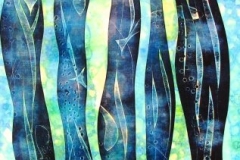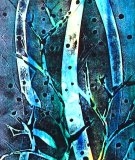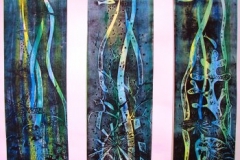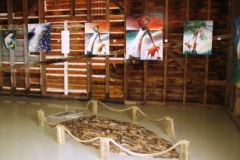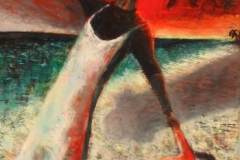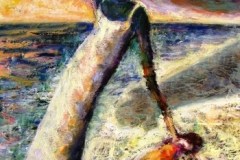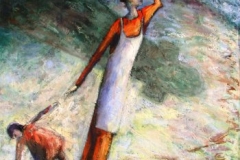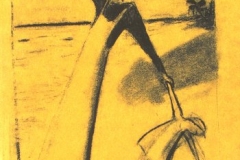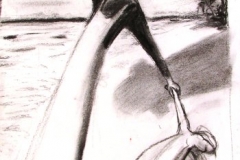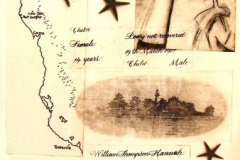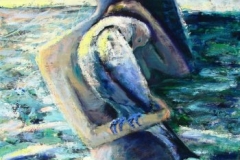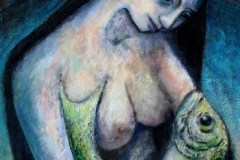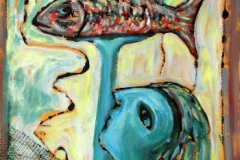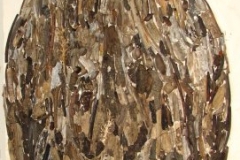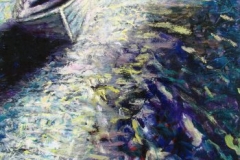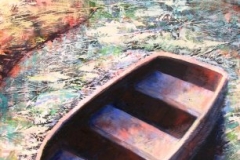December 2007, OLD SUGAR WHARF and CAIRNS REGIONAL GALLERY
 An exhibition was held at the Old Sugar Wharf in Port Douglas and the Cairns Regional Gallery to raise awareness of the Low Isles. The beautiful but sensitive ecosystems of the two islands are protected as part of the Great Barrier Reef World Heritage Area. Known as Wungkun by the Kuku Yalanji and Yirraganydji people, they have a long and fascinating history. They were mentioned by Captain Cook in his travels, and a Beche-de-Mer station was later established. By 1878 the lighthouse was built and a succession of keepers and their families lived on the island for the next hundred and twenty years
An exhibition was held at the Old Sugar Wharf in Port Douglas and the Cairns Regional Gallery to raise awareness of the Low Isles. The beautiful but sensitive ecosystems of the two islands are protected as part of the Great Barrier Reef World Heritage Area. Known as Wungkun by the Kuku Yalanji and Yirraganydji people, they have a long and fascinating history. They were mentioned by Captain Cook in his travels, and a Beche-de-Mer station was later established. By 1878 the lighthouse was built and a succession of keepers and their families lived on the island for the next hundred and twenty years
The Low Isles lagoon, surrounded by coral reef, is home to a variety of hard and soft corals. Each year as the weather warms, usually in November, a day or so after the full moon, the coral spawns. I was lucky enough to join my fellow artists in a night-dive to witness the profusion of eggs released into the water like a mass of pink champagne bubbles. At the same time sperm is released from the male polyps. A frenzy of small creatures joins in to feast on the spawn making it a spectacular show for the night diver. This time is the onset of ‘the wet’, a time of colour and fecundity in Far North Queensland when flowering trees are a riot of blossom and tropical fruits are plentiful.
I have concentrated on the history of the islands, in particular, the story of Ellen Hannah. In March 1907, after an altercation with the lighthouse keeper, William Hannah, the assistant keeper, set off to see the harbour master in Port Douglas, taking with him his two eldest children Doris and William (Esca) in a tiny rowboat (a 7-foot, 6-inch flattie). They disappeared without trace until, during the search for the Valda and her young crew, three skeletons were found in the sand dunes at Cape Flattery. Examination of the skeletons in Cairns showed them to be an adult and two children. Since no one else, aside from the six boys from the Valda, was missing, it was assumed that the skeletons were those of William and his two children. Ellen was left with her five surviving daughters.
